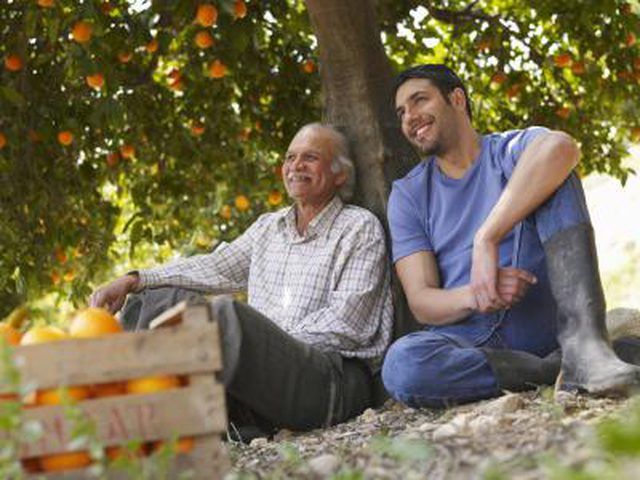Bulbs
Flower Basics
Flower Beds & Specialty Gardens
Flower Garden
Garden Furniture
Garden Gnomes
Garden Seeds
Garden Sheds
Garden Statues
Garden Tools & Supplies
Gardening Basics
Green & Organic
Groundcovers & Vines
Growing Annuals
Growing Basil
Growing Beans
Growing Berries
Growing Blueberries
Growing Cactus
Growing Corn
Growing Cotton
Growing Edibles
Growing Flowers
Growing Garlic
Growing Grapes
Growing Grass
Growing Herbs
Growing Jasmine
Growing Mint
Growing Mushrooms
Orchids
Growing Peanuts
Growing Perennials
Growing Plants
Growing Rosemary
Growing Roses
Growing Strawberries
Growing Sunflowers
Growing Thyme
Growing Tomatoes
Growing Tulips
Growing Vegetables
Herb Basics
Herb Garden
Indoor Growing
Landscaping Basics
Landscaping Patios
Landscaping Plants
Landscaping Shrubs
Landscaping Trees
Landscaping Walks & Pathways
Lawn Basics
Lawn Maintenance
Lawn Mowers
Lawn Ornaments
Lawn Planting
Lawn Tools
Outdoor Growing
Overall Landscape Planning
Pests, Weeds & Problems
Plant Basics
Rock Garden
Rose Garden
Shrubs
Soil
Specialty Gardens
Trees
Vegetable Garden
Yard Maintenance
What Is the Life Span of an Orange Tree?
What Is the Life Span of an Orange Tree?. A sweet orange tree (Citrus sinensis) more than repays you for your care. The ornamental evergreen tree has fragrant, dark green leaves and powerfully perfumed white flowers in spring, followed by showy, brightly colored fruits that make delicious eating. They can be long-lived, with the parent navel orange...

A sweet orange tree (Citrus sinensis) more than repays you for your care. The ornamental evergreen tree has fragrant, dark green leaves and powerfully perfumed white flowers in spring, followed by showy, brightly colored fruits that make delicious eating. They can be long-lived, with the parent navel orange tree (Citrus sinensis "Washington Navel") in Riverside, California, known to be 135 years old as of 2014. Hardy in U.S. Department of Agriculture plant hardiness zones 9 through 11, sweet oranges need long, hot summers for fruit to ripen properly.
Sweet Orange Tree Age
Locate sweet orange trees with permanence in mind, because a tree could well last past your lifetime. Citrus trees might live as long as 100 years, notes author Rosalind Creasy in her book, "The Edible Flower Garden." The University of California at Riverside has a citrus variety collection of living trees started in the early 1900s. For commercial orchards, the University of California Cooperative Extension advises to allow a 40-year orchard life for oranges.
Types of Sweet Orange
The most widely grown oranges for fresh eating and for juice are sweet orange varieties. "Valencia" is probably the world's most important orange, since it's grown worldwide and used for both eating out of hand and for juice. Thin-skinned fruit contain bright orange pulp that usually contain two to four seeds per fruit.
Most popular for eating fresh is the seedless "Washington Navel" orange, with many different varieties existing. Larger, easier to peel, and with a higher sugar content than "Valencia," navels usually have an indented, button-type structure at the bottom of the fruit. They were introduced to the United States in 1870 by only a few young trees imported from Brazil.
Other sweet orange varieties include early-bearing "Hamlin," pineapple-scented "Pineapple," and blood orange cultivars, which have red-colored pulp.
Fruit-Bearing Facts
Young sweet orange trees can form fruit as early as the first season after the young tree is planted, but they usually bear harvestable fruits in their third year. Young orange trees have the named orange variety grafted onto a rootstock when the rootstock is about 1 year old from seed. They're then grown for about another year to develop the fruit-bearing, grafted top of the tree.
Texas A&M University Extension suggests removing any young fruit that appear in the first or second year after planting so the tree can put its energy into growing larger rather than fruit production. These early fruits are often dry and not sweet.
In its third season, a well-grown navel orange can produce 10 to 15 pounds of oranges, and when it's mature at around 10 years old, it bears around 100 to 150 pounds of fruit.
Fruit-Bearing Seasons
Varieties of sweet orange produce fruits at different times of the year. If you plant several varieties that vary in fruit maturation dates, you can pick oranges over a longer period. "Valencia" oranges, sometimes called summer oranges, are ready in February through October, with most maturing in May, June and July. In warm weather, fruits may turn from orange to somewhat green, a phenomenon known as regreening. The pulp is still ripe, sweet, orange and good to eat.
Navel orange varieties ripen from winter into summer in California, depending on the cultivar. "Washington Navel" is harvestable in December. Late-maturing varieties ready in spring or summer include "Lane Late" and "Autumn Gold."
Factors Affecting Fruit Production
A number of factors can affect how well an orange tree blooms and how much fruit it produces. Freezing weather can kill tender new growth and even entire young trees, depending on the length and severity of the cold. Protect orange trees with frost blankets held over the tree with wooden frames if temperatures near or below 32 degrees Fahrenheit are predicted.
Leaf loss, especially in fall or winter, affects a tree's photosynthesis and food-making capabilities, resulting in reduced flowering and fruit-bearing. Leaf loss can be caused by sunburn, not enough water, cold damage or injuries. Young or small trees can be defoliated by leaf-feeding orange dog caterpillars, which can be 2 inches long. The tan, gray and cream-colored caterpillars turn into giant swallowtails. Handpick caterpillars from the trees.